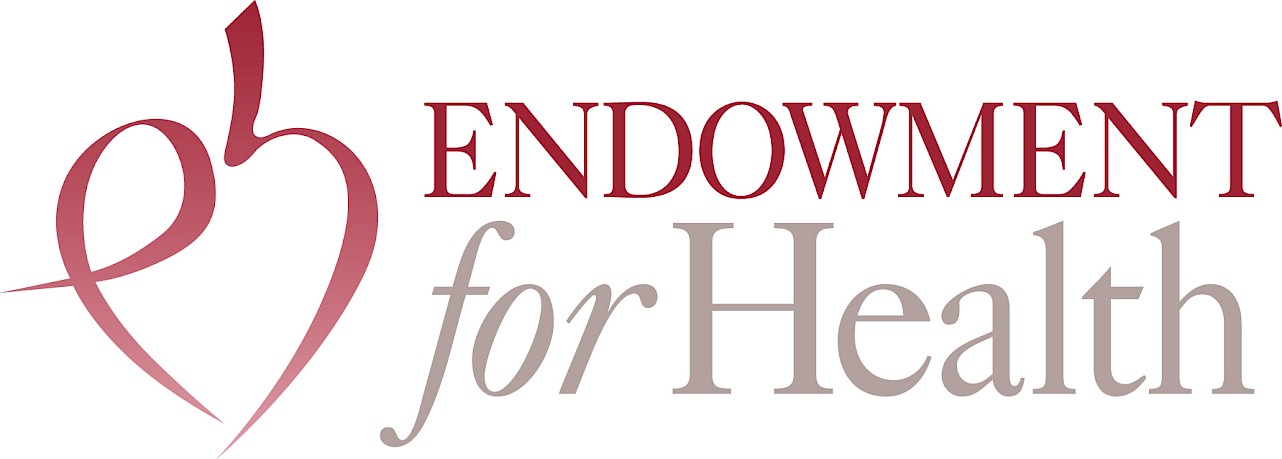Because the mouth is the gateway to the body, oral health is essential to overall health. Dental decay is caused by an infection and, left untreated, can lead to pain, problems concentrating in school, as well as other health problems.
The American Academy of Pediatric Dentistry (AAPD) recommends that a child go to the dentist by age 1 or within six months after the first tooth erupts. "Baby teeth" are important for many reasons including the ability to chew properly which aids in good nutrition; teeth are also involved in proper speech development.
National Survey of Children's Health, Interactive Data Query Site Indicator 4.2a Preventive Dental Care, Ages 1-17.
Two-year combined data is used as these are more reliable than single year estimates.
